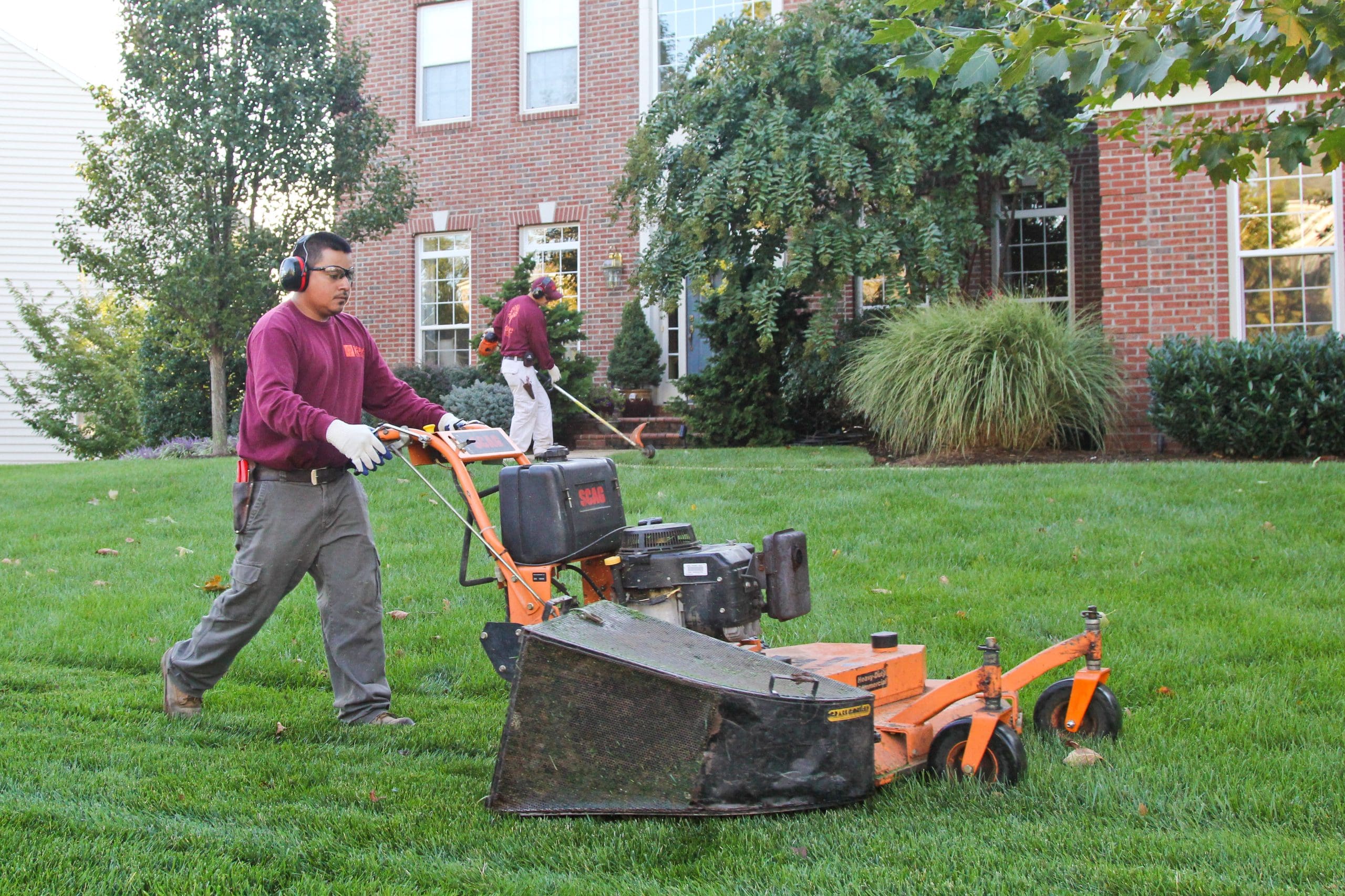
For much of our industry, a new season is rapidly approaching, and employers will be recruiting workers to meet the landscaping needs of their customers.
Many new hires come into the landscape field with very little awareness of the risks and hazards which they could face if they don’t receive proper safety training. Yearly data on injury incidents indicate that the initial 6-12 months are the most dangerous for new employees. Research has shown that at or near 50 percent of all workplace injuries are suffered by employees with less than 12 months of experience on the job.
Follow these tips to ensure your new hires are working safely.
1) Conduct audits of all worksites to identify hazards that could injure your employees. Document these identified hazards and develop policies and procedures for limiting worker exposures. Don’t forget to audit your firm’s offices, shops, and storage yards!
2) Prepare workplace hazard policy statements to be shared with your staff and crew members. Employees and management should sign-off on the company policies, with documentation maintained in company records. Share these policies with new hires before they are exposed to the identified hazards at landscape worksites.
3) Develop intervention strategies for mitigating hazards. Strategies may include:
- Select, schedule, and document your firm’s employee safety training.
- Purchase and provide appropriate personal protective equipment (PPE) to all employees.
- Establish a “buddy system” with safety-conscious workers assigned to new hires to counsel and advise on the job.
- Provide specialized training for crew leaders/managers who are the “first line of defense” against preventable incidents.
- Adopt reliable evaluation tools for monitoring worker adherence to safe workplace behaviors.
- Ensure that all safety and health awareness and training are in a language that all workers can understand.
- Implement a heat-stress acclimatization program that is designed to protect your workers from temperature and humidity extremes.
Remember: Ensure that all employee safety and health policies, programs, and procedures are in “written” format and maintained in an accessible location!

NALP’s safety programs are produced in partnership with Rancho Mesa.

